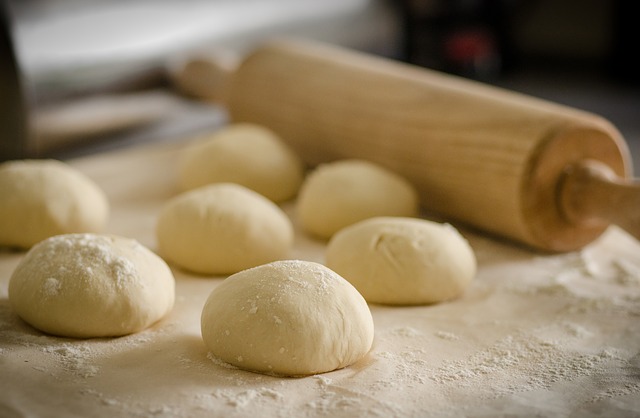Have you ever heard of Wild Yeast?
Also known as Natural Yeast.
Yeast is everywhere around us, in the air, on some fruits, and even the bark of trees. Wild yeast, like the human race, can only survive by being feed. It is equal parts water and flour = living culture.
The starch in bread flour is very resilient. Not all bacteria can handle this starch. Yeast is one of the bacteria that can break down the starch and can survive.
There are two ways that you can cultivate wild yeast, first, as I stated previously you can loosely cross your fingers that some yeast will find its way to your flour mixture. The second, is finding a aspen or paper birch tree, apples, berries, and even grapes. Each of these fruits need to have the natural spores, which looks like a white layer of powdered sugar.
The Making of Bread – with wild yeast
Choose your poison:
Option 1
Take a equal part of flour and water, for the sake of simplicity we will use 2 cups of flour and 2 cups of water. Mix it well and let it catch the yeast out of the air. With the yeast, the mixture will grow and divide.
24 hours comes and goes, pour out 1 cup of the mixture and replace it with 1 cup flour and 1 cup water = 2 cup of flour mixture. So that your yeast can continue to feast on the starch.
With a few days passed, a frothy/bubbly reaction will take effect, some people call this change in the mixture your sponge. The yeast is producing carbon dioxide, and with this carbon dioxide a bacteria is being produced called lac-to bacilli. With the components of the fermentation of yeast and production of lactic acid is what gives you the delicious flavor of sourdough that everyone seeks.
Option 2
Again take equal parts of flour and water and add a handful of the powdered fruit of bark.
And then you wait til the sponge forms, make sure you keep it in a warm spot. Once your sponge has formed you need to remove the yeast inhibitor (fruit/bark)
Continue with the bread making….
Add 1/2 cup of your starter or sponge to 3 cups of flour. And water to mixture, just until manageable. Knead and let is rise until it doubles in size.
Bake at 425 degrees for 15 minutes
- A Savory Raclette Omelet from the Savoy Region - March 29, 2018
- Rose - March 27, 2018
- A Swiss Raclette Appetizer for Your Next Party - March 22, 2018


